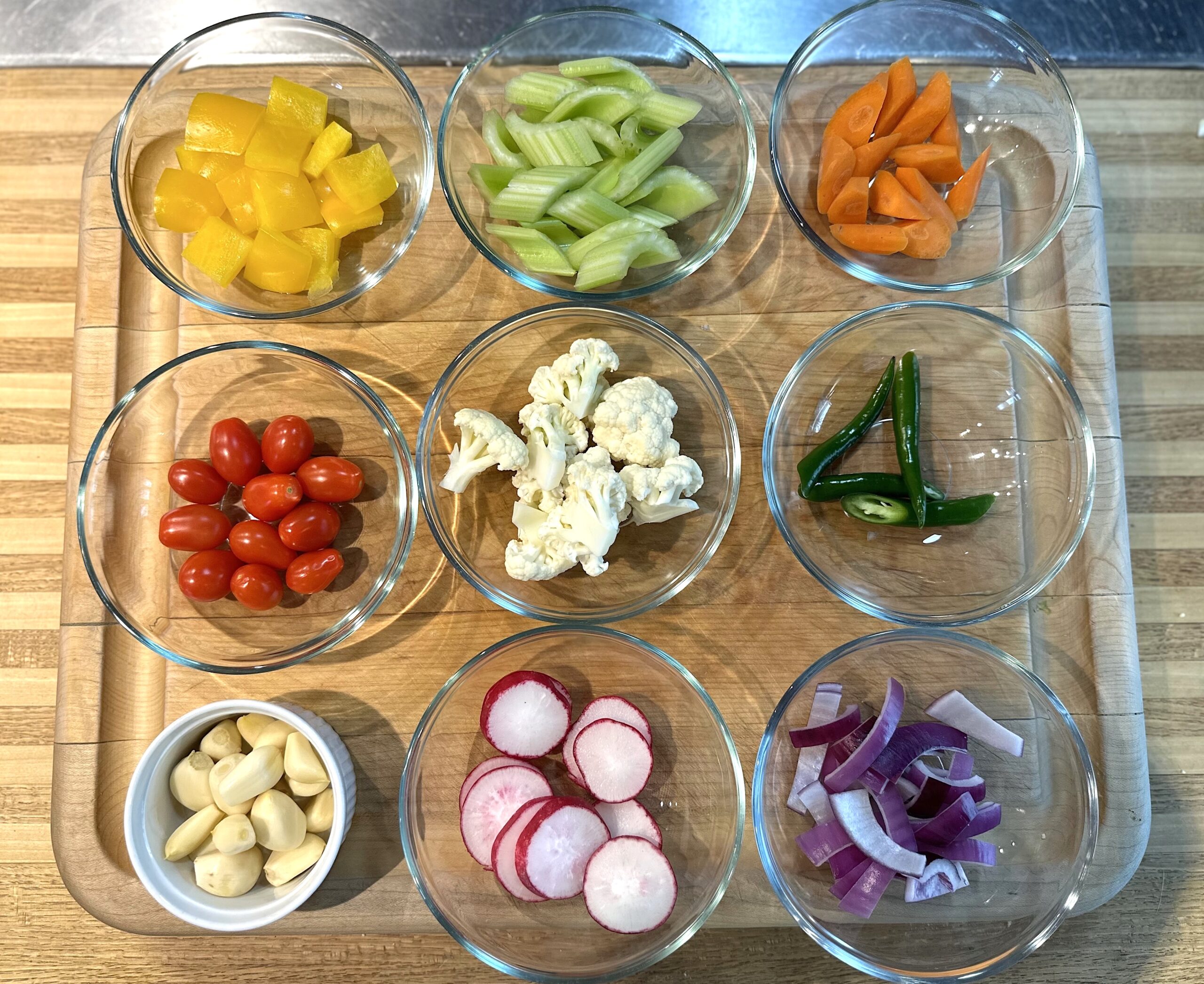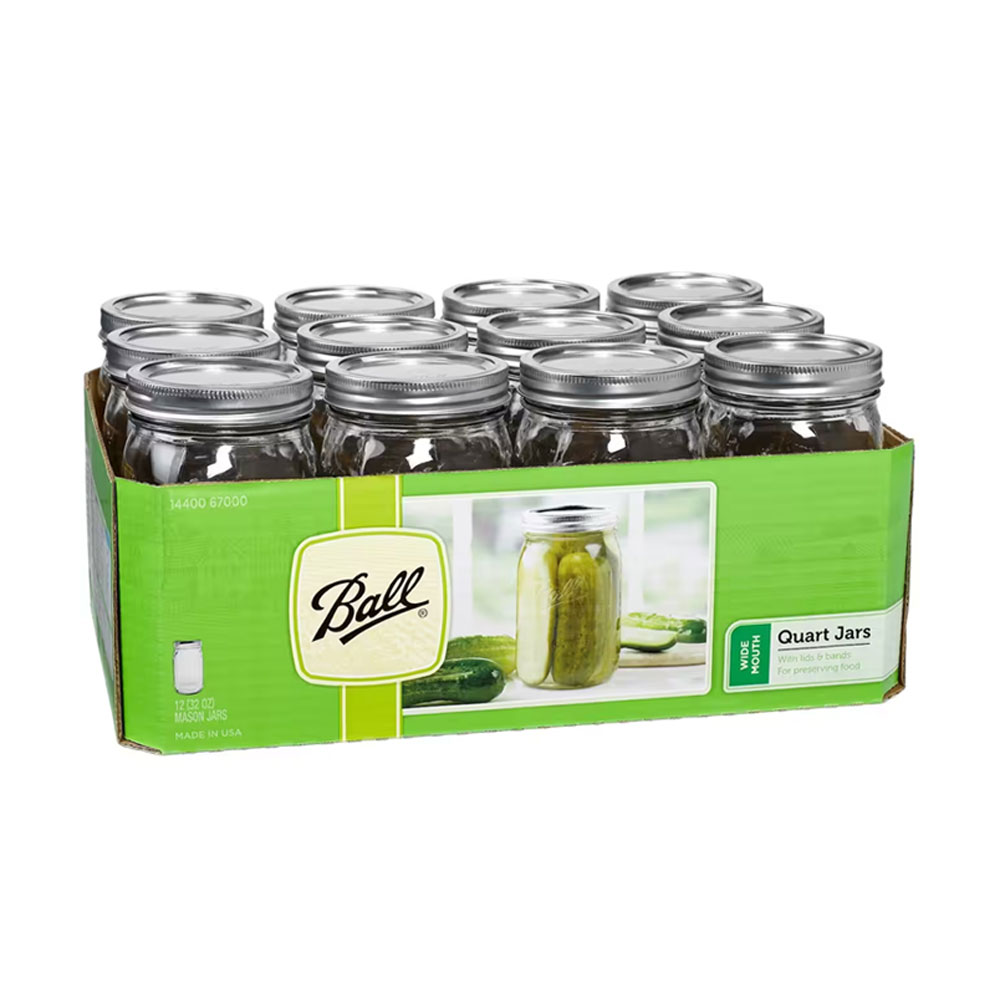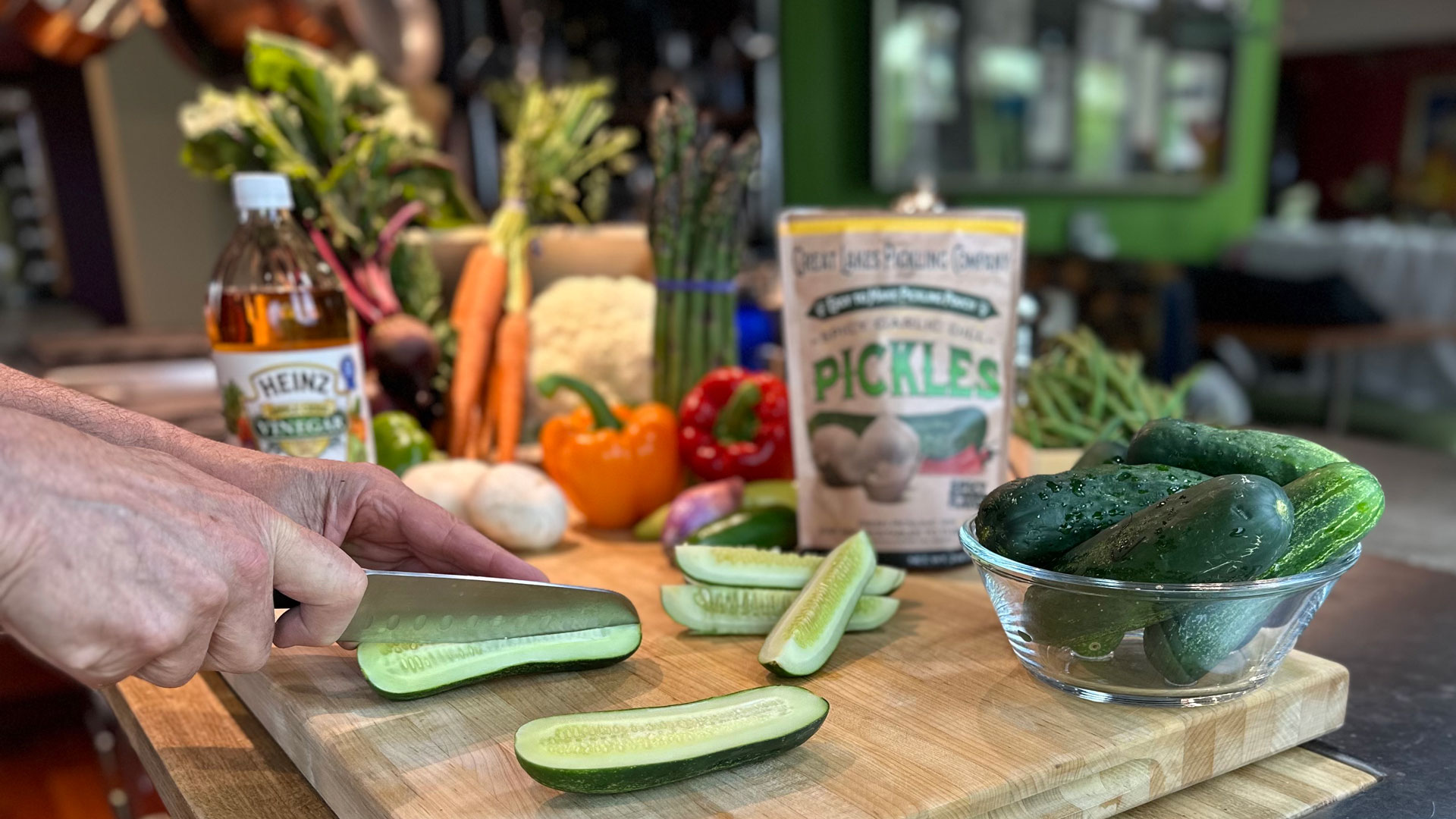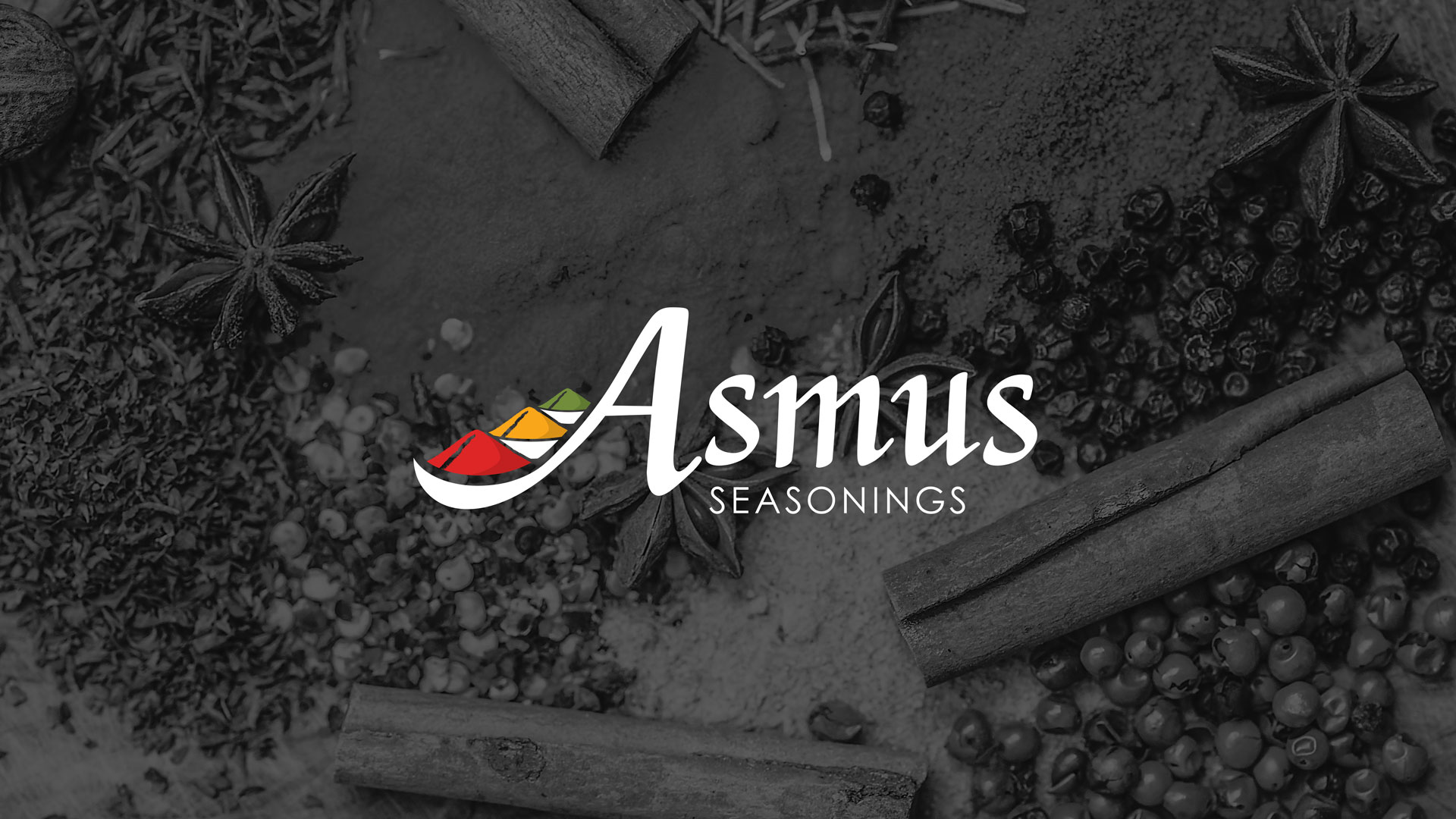Homemade Pickling Ideas and Inspiration
The Great Lakes Pickling Company makes homemade pickling a pretty easy endeavor. Pickling becomes more and more fun as you try new ideas, and we know that it’s nice to see get some pickling ideas and inspiration from time to time; or maybe just some affirmation that you’re actually doing a pretty darn good job yourself (you are).
Professional chefs are often inspired by the trips they make to great restaurants, their travels overseas, or, sometimes, it’s a great cookbook or food magazine they’ve been recommended. Looking for new pickling ideas is no different, however admittedly, it’s a bit hard to find a place equivalent to a restaurant to turn that proverbial light bulb above your head on. So we’d like to fill that inspirational gap for you!
[Here is where you can also view Part 2 and Part 3 of this homemade pickled vegetable medley recipe series.]
Below we explore different pickling opportunities for inspiration alongside two examples for each of our six pickling pouches.
To help, we decided to feature all six of our picking pouches, focusing on two per post, to speak to some various ideas and topics that come to us through the question we are asked and to share with you a bit about pickling, from a chef’s perspective.

A) Top Four Ways to Shake Up Your Next Homemade Pickling Endeavor:
- Your selection of herbs and spices (The Great Lakes Pickling Company currently has six pre-made and pre-measured blends to choose from)
- Your selection of vinegars and fruit acids
- Your selection and ratio of vegetables to pickle
- Your choice of vegetable cuts
B) Tips from a Chef:
What’s a chef’s perspective of pickling?
Quite simply, a chef’s job (if they’re on their game), is to make food both delicious and attractive. As is often said, people “eat with their eyes”. Seasonal freshness, variety, colors, shapes and flavors are some of the many thing on a chef’s “culinary pallet” with which they create their cuisine. While cooking, baking, and other disciplines are not part of the pickling vocabulary, it is VERY MUCH an art in which the chef garde manger works.
Wikipedia’s historical definition goes like this:
The term Garde Manger originated in pre-Revolutionary France, where large, wealthy households designated a kitchen manager to supervise the use and storage of large amounts of foodstuffs. The term Garde Manger literally means ‘keeping to eat’.
The term Garde Manger is also related to the cold rooms inside castles and manor houses where the food was stored. These food storage areas were usually located in the lower levels, since the cool basement-like environment was ideal for storing food. These cold storage areas developed over time into the modern cold kitchen.
Today, we still have the chef garde manger positions in some large resorts, hotels, cruise lines, and uber fine dining restaurants. Included among their responsibilities are creating elaborate vegetable carvings edible display pieces, and yes, pickling.
So get your peeler, knife and veggies in hand as we are about to put our chef hats on!
C) Homemade Pickling Inspiration and “Recipes”
To kick us off in this issue, we’re going to start one of the most simple and traditional pickling recipes alongside one a bit more complex by using two the Great Lakes Pickling Company pouches as your example (your pre-made and pre-measured pickle seasonings and herbs).
We hope you will find these pickling recipes and steps fun, useful and dill-icious!
Recipe 1: Polish Dill
We’ll start with our Polish Dill pouch. Which can be used to pickle any number of vegetable medleys. We will start simple with cucumbers, specifically the Kirby variety, which you can find in most well-stocked grocery stores or produce markets.
Ingredients:
- Great Lakes Pickling Company’s Polish Dill Easy-to-Make Pickling Pouch
- Cucumbers (we selected Kirby cucumbers for this recipe)
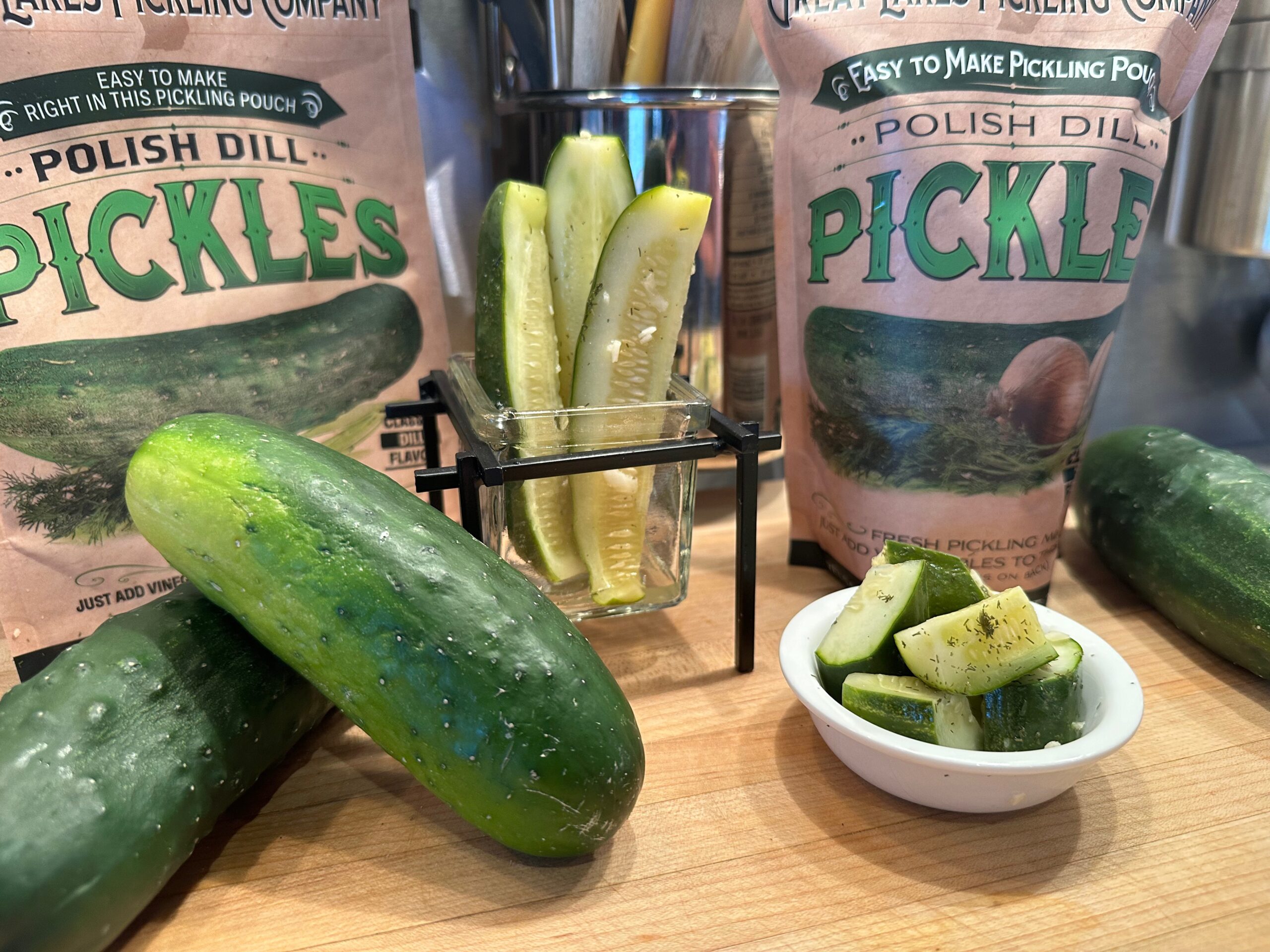
The Kirby variety is known by many other “trade” names, but they really are “jar length” cucumbers. They are typically 5 inches or so, have a rather thin skin (which is best for a tender bite), and a rather firm flesh, with small seeds. All of which make for “good eating properties” and they are generally the preferred cucumber for pickling.
You’re also finding more and more “mini” or “petite” cucumbers on the market and they are also a popular choice.
In a pinch, you CAN use English Cucumbers (cut into the appropriate lengths or cuts) but most picklers choose not to pickle with the typical salad cucumber you’ll always find available. Its skin is tougher, its pulp is soft, and its seeds are rather large.
For our Polish Dill pouch, here’s how we handled our Kirby cucumbers:
- We washed them VERY well.
- We cut the tiniest slice off the blossom end of our cukes (which is recommended because there is an enzyme at the former blossom end), that will create bitterness and pre-mature deterioration of your cucumbers. (For more information read: https://www.groworganic.com/blogs/articles/cut-those-blossom-ends-off-your-cucumbers.)
- Then we cut them into lengthwise quarters / spears.
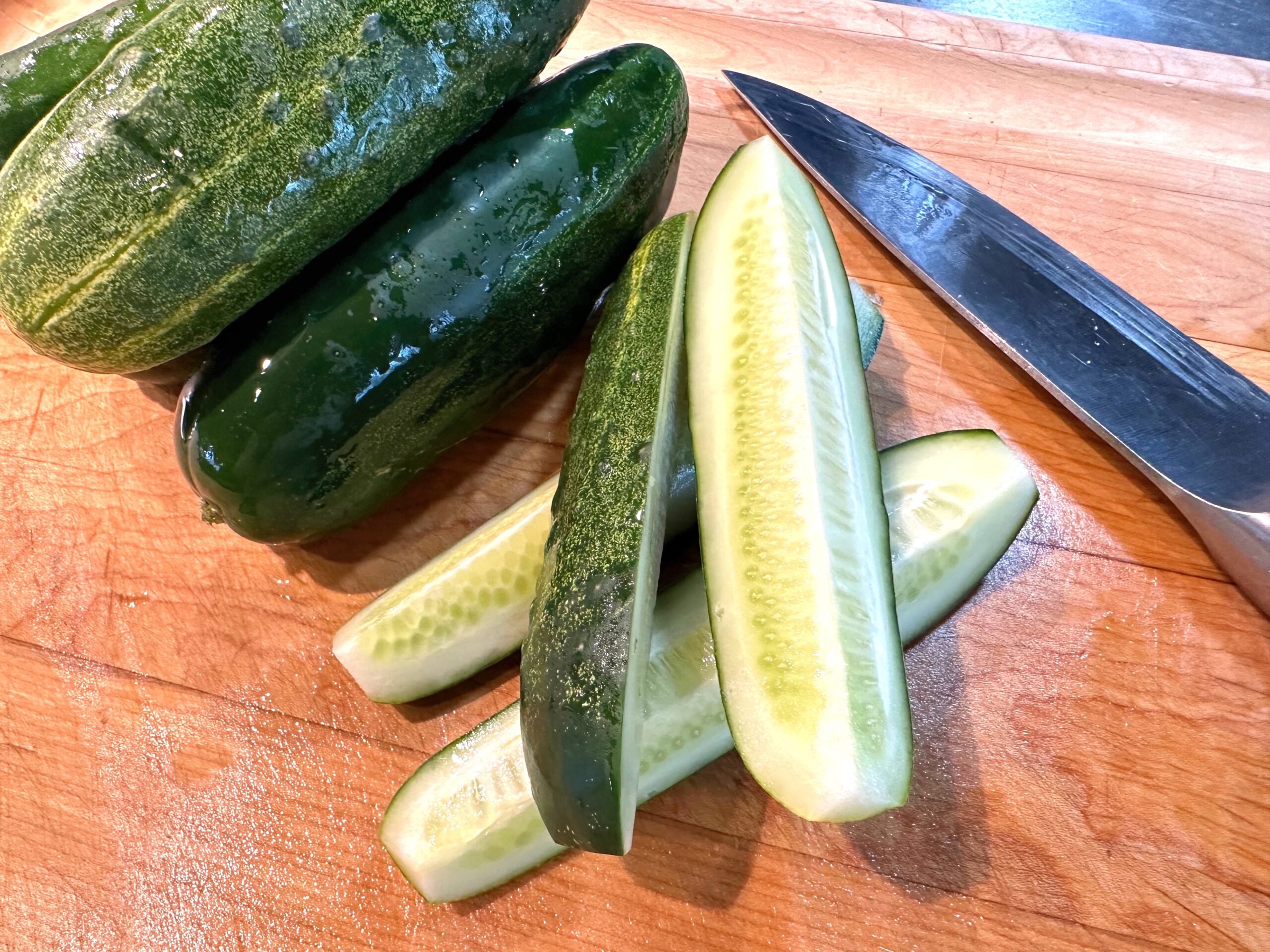
Recipe 2: Spicy Garlic Dill
Moving on to the second pouch in this series, which also features dill, our Spicy Garlic Dill medley contains some of the very same vegetables that are typically used in the well-known pickled medley called Giardiniera. If you’re interested in a bit more information about our Giardiniera recipe, click HERE.
Ingredients:
- Great Lakes Pickling Company’s Spicy Garlic Dill Easy-to-Make Pickling Pouch
- Bell peppers
- Celery
- Caulifower
- Cherry tomatoes
- Garlic cloves
- Yellow bell pepper
- Carrots
- Green chile peppers
- Radishes
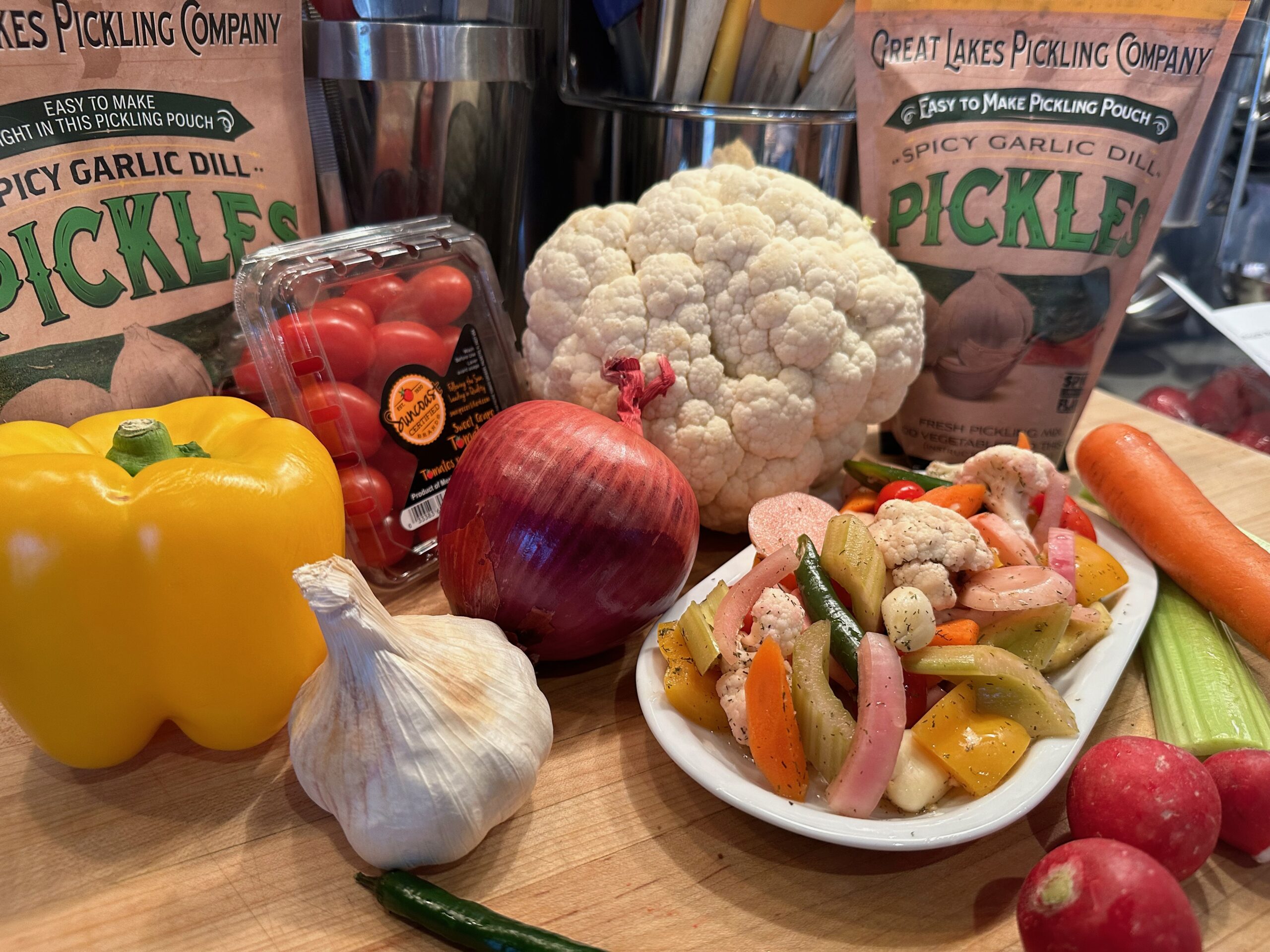
This particular recipe contains nine vegetables and we have included some photos and notes about each vegetable we used. As far as their proportion, we kept it nearly equal, with the exception of the garlic cloves, which we used about five compared to the nine parts of the others.
For our Spicy Garlic Dill pouch, here’s how we handled each of the vegetables:
- All vegetables were washed thoroughly.
- Bell Peppers:
- We chose to trim off the inner white membrane, which we believe leaves a much “cleaner” shape and solid color.
- We then cut into 1” squares.
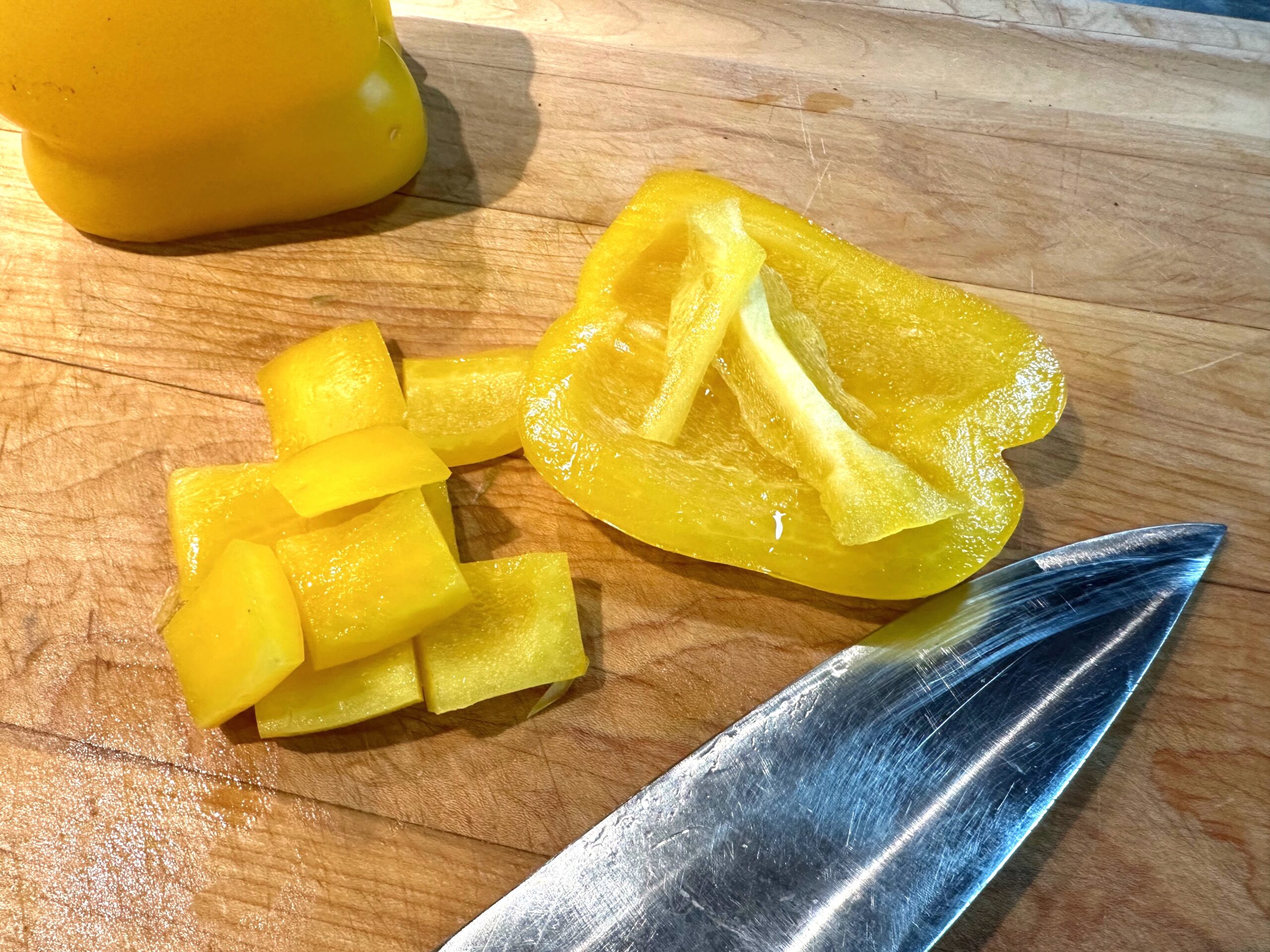
- Celery Stalks:
- We always peel off the outer fibrous strings with a vegetable peeler. This will give you a more tender piece of celery. (And besides, who wants those stringy bits of celery caught in your teeth anyway?)
- We then cut into a 1″ bias (angle) cut.

- Carrots:
- We peeled the outer layer and trimmed off the ends.
- They were then cut using the Japanese Roll cut. For the how-to’s on that, see one of our featured post which also has a video which you can read, then watch HERE.
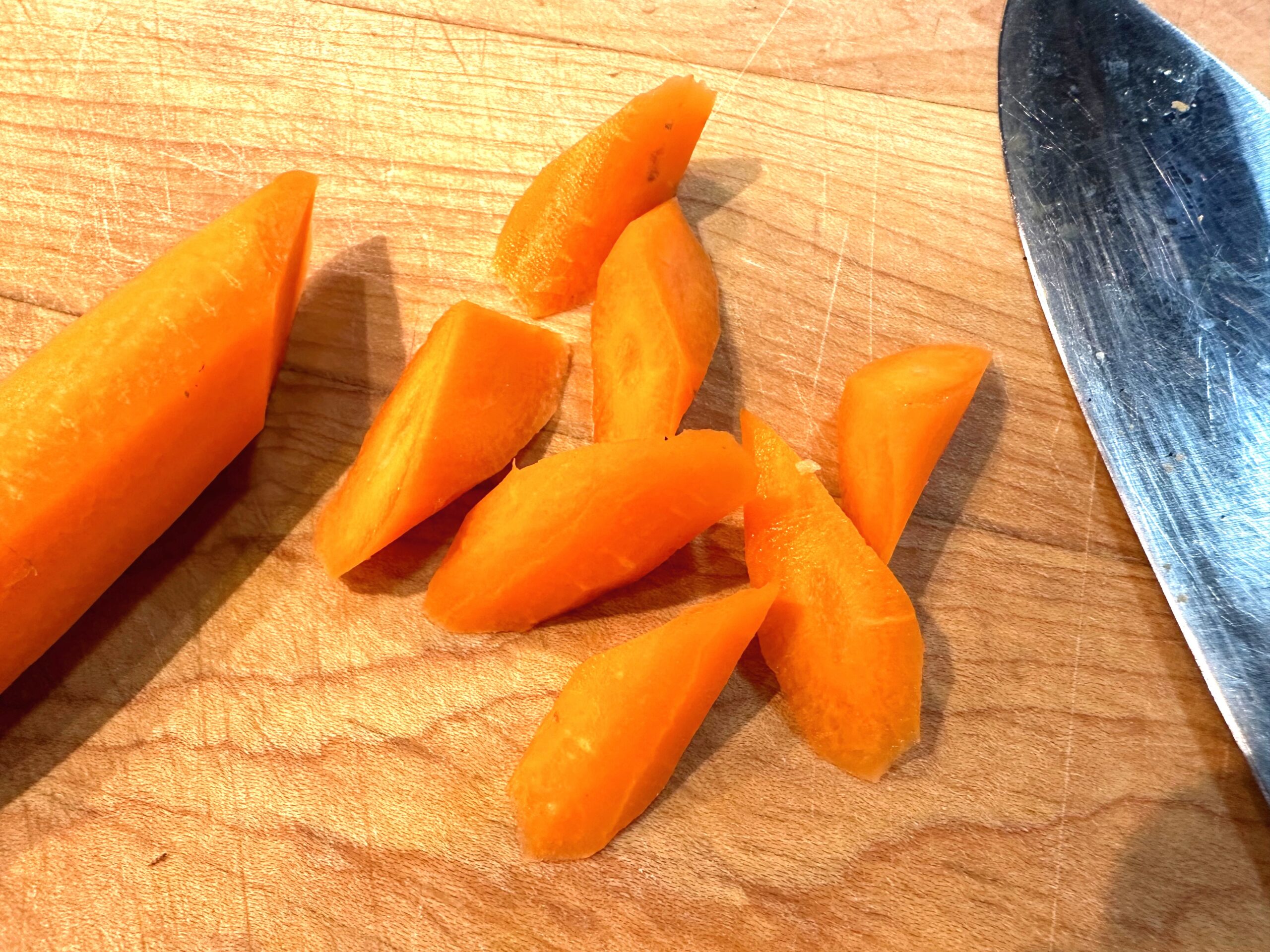
- Cauliflower:
- We prefer to use the the florets (rather than cutting them into 1” pieces using a large chef’s knife) by using a small paring knife and surgically cut each floret away from the head, at the base of the floret.
- If the floret is large, insert the paring knife, into the base of the stem and as you cut towards the flower end, instead of cutting straight through it, creating a flat side, stop just before the small crown and gently twist the blade of the knife to separate the piece “naturally”, into 2 halves.
- It will make each floret look much better, and you won’t create all of the scrappy little particles which, if added to your pouch, make your medley less attractive.

- Green Chile Peppers:
- As shown in the photo, these were cut in 2” length pieces on the bias to show a bit more of their inner pulp.
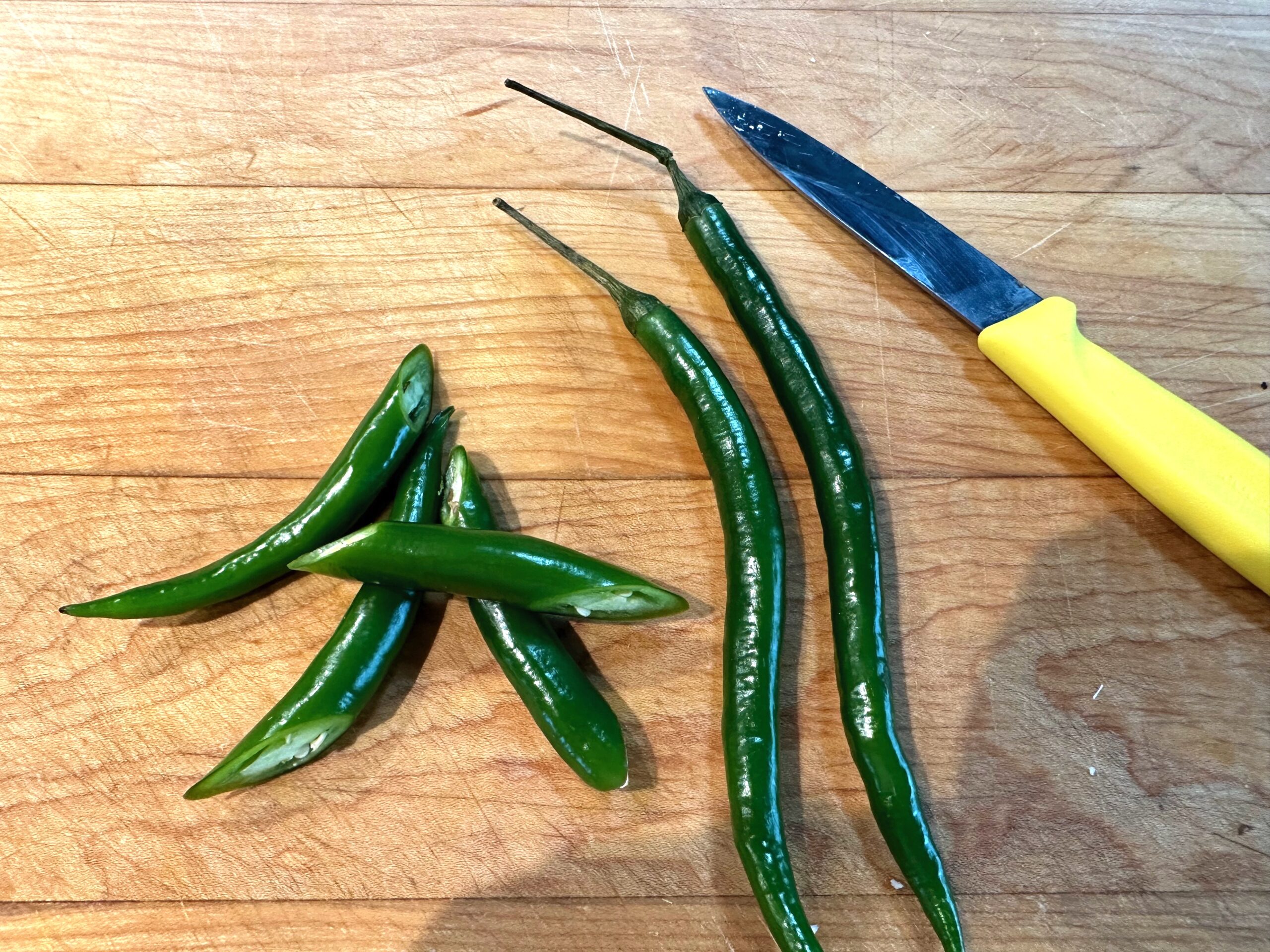
- Radishes: Cut in a traditional disk shape.
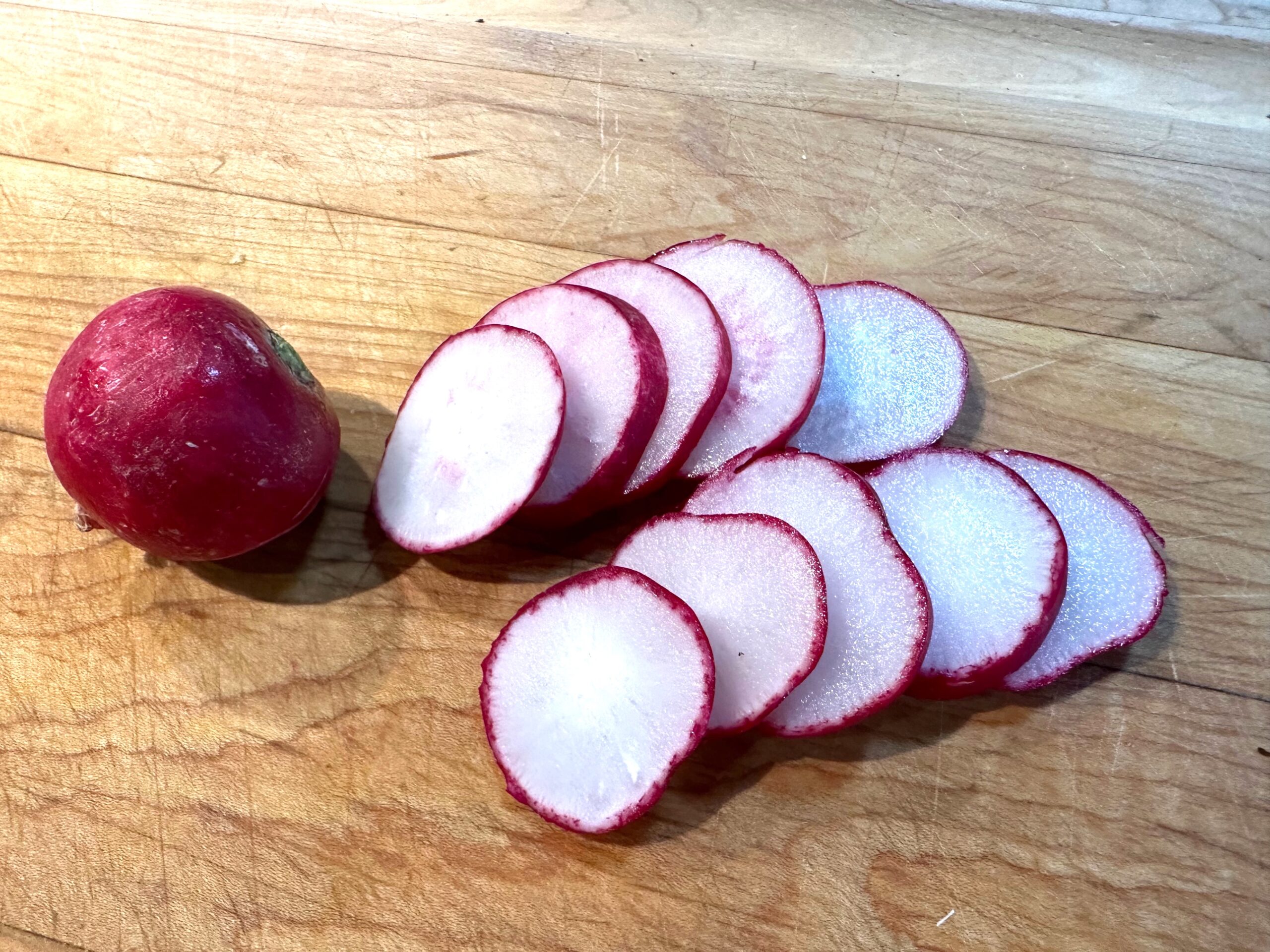
- Red Onions: cut in strips approximately 3/8” x 2”.
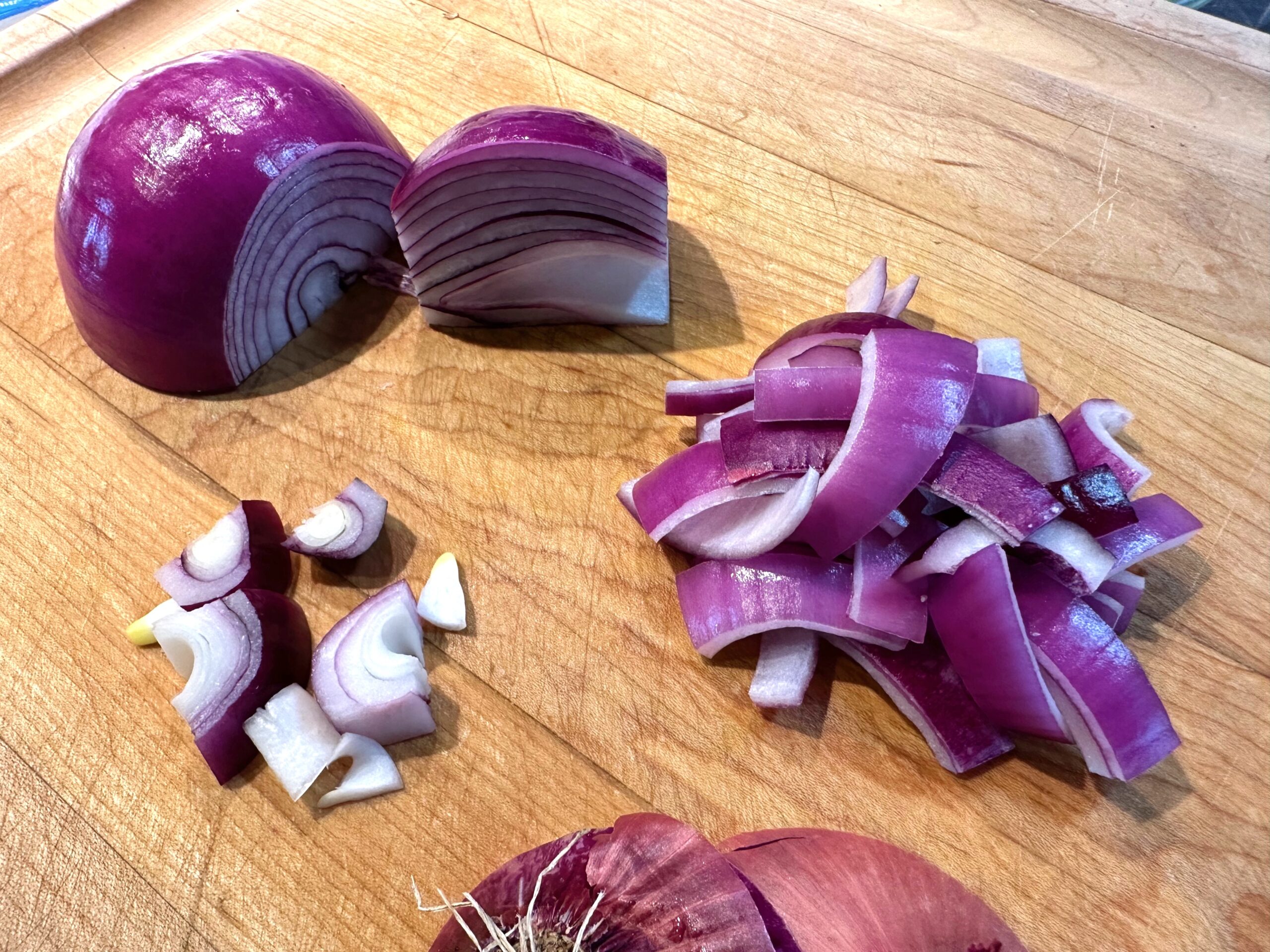
The final steps: add to your pouch with the appropriate vinegar and water combo, shake, and refrigerate. This particular medley contains a few vegetables which take a bit longer to “cure” / pickle (to be more tender), so we gave this pouch/recipe 5 full days in the fridge (shaking the pouch once each day), before removing them from the pouch for the final photograph you can see above.
In the next two parts of this series, we’ll share with you four more of our medleys, each with a different combination of vegetables and using the following pouches:
- Granny’s Bread & Butter
- Heatstroke
- Sweet & Smoky Habanero
- Bloody Mary
Let us know if you find these tips helpful. We always love hearing from our pickling friends!

